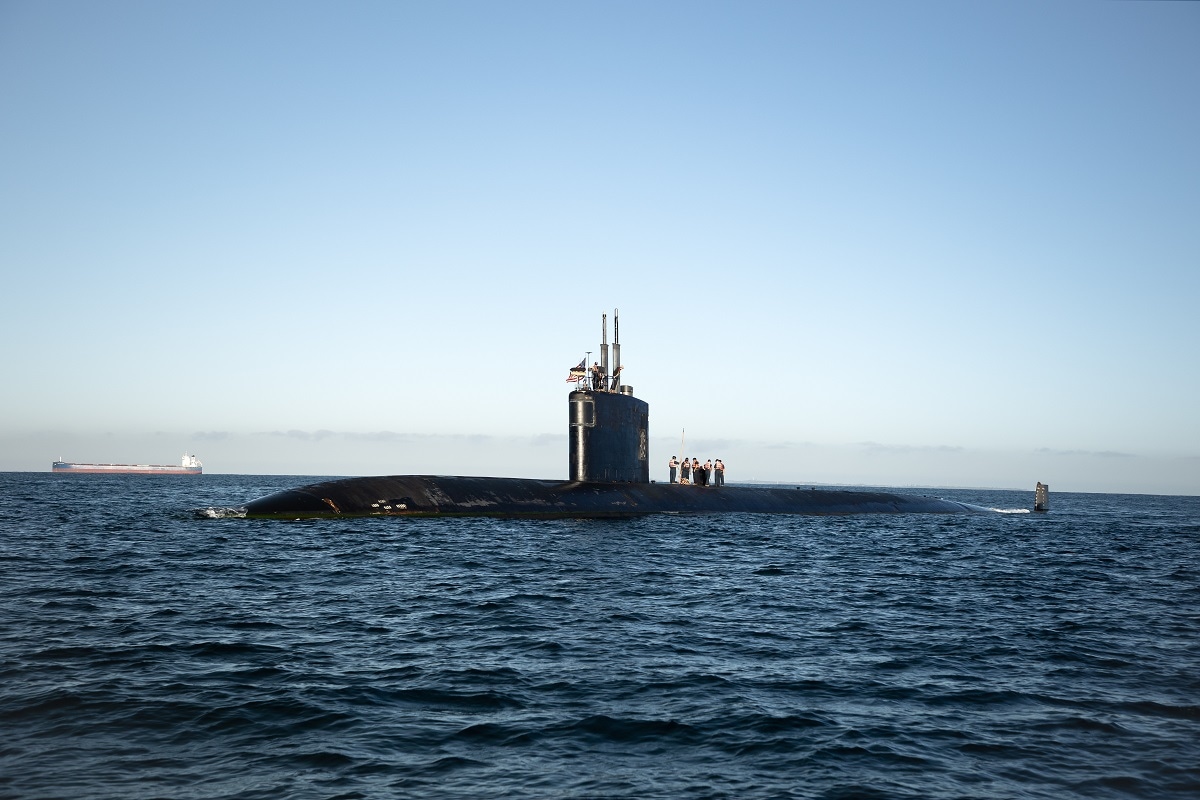Australia suffers from a deficit of expertise on China’s military capabilities, and it is distorting the national debate about the threat China poses to Australia.
Under the AUKUS project, Australia has now embarked on a AU$268–368 billion transformation of its navy. The release next month of the Defence Strategic Review will bring further changes to the force structure of the Australian Defence Force, and probably a boost to defence spending. Australia is doing all of this based on a belief that China threatens the country militarily, yet almost no one who is engaged in this debate has offered specifics about the nature of the threat. The Lowy Institute tried to fill this gap in 2021 when it published Thomas Shugart’s analysis paper, Australia and the Growing Reach of China’s Military. I’m not aware of any other publication devoted to the question of how much military power China can project against Australia now and in future, and the circumstances in which it might do so.
To the degree that any specifics about a Chinese assault on Australia are offered, a sober assessment ought to prompt a re-think about the severity of the threat. The Red Alert series published by The Sydney Morning Herald this month, in which five experts were brought together to discuss the China threat, concluded that defence spending should double to four per cent of GDP because of Australia’s growing vulnerability to China’s military – the People’s Liberation Army (PLA). Part Two of Red Alert says China could attack Australia because of US bases here, and because US troops could be moved here in a crisis with China. It also talks about cyberattacks and the mining of Australian harbours.

This is all plausible but needs to be kept in perspective. The mining of Australian harbours, for instance, is certainly a risk, but would this “devastate the nation by cutting it off from critical supply routes”? That seems unlikely if Australia invests in a decent mine countermeasures capability, which wouldn’t break the bank. Even in the unlikely event that China could choke Australia’s trade routes entirely, what critical war aim would that achieve? Given the strength and resilience of the Australian economy (look how well the country got through the severe economic test of Covid), such a blockade would have to last months, maybe years for Australia to succumb to it, especially given that air supply routes would be unaffected. It seems an unlikely investment of scarce resources for China.
That brings us to strikes against Australian bases, fuel and munitions holdings, and ships. Again, this is plausible. As Shugart’s map shows, China has the missiles and aircraft to reach the Australian landmass.
But despite the dramatic pace and scale of China’s rise as a military power, it remains incredibly costly and technologically difficult to bomb another country from thousands of kilometres away. China has built a formidable ballistic missile armoury but unless armed with a nuclear warhead, the destructiveness of each missile is pretty modest. By contrast, protecting key targets against such attacks is affordable. Australia could start by building hardened shelters to protect its multi-billion-dollar fleet of stealth fighters and build the capacity to repair damage quickly. Improving Australia’s ability to absorb losses and bounce back quickly is in itself a form of deterrence, since it signals to an adversary that using armed force against Australia won’t work. Retired Major General Mick Ryan strikes just the right tone in his contribution to Red Alert when he criticises Australia’s focus on offensive weapons (the “cult of the offensive”) while ignoring the relatively cheap steps it could take to improve resilience.
Australia is extraordinarily well protected by geography. Peter Jennings, former Executive Director of the Australian Strategic Policy Institute (ASPI) says in Red Alert that “Distance is no longer equivalent to safety from our strategic perspective”. But in fact, distance buys Australia a huge margin of safety. If distance didn’t matter, then Australia would be as vulnerable as Taiwan to Chinese military power. But the strait separating Taiwan from mainland China is just 160 kilometres wide at its narrowest point. By contrast, Australia’s most northerly military base in Darwin is more than 4000 kilometres away from Sanya, China’s most southerly naval base.
China’s military capabilities will certainly continue to improve, but China will never overcome the limits imposed by geography. That’s why the direction of contemporary Australian defence policy is so puzzling. Distance is Australia’s single biggest defence asset, but Australia is now pursuing a submarine project, and a defence strategy, dedicated to compressing the distance between Australia and China. The chief advantages that nuclear power offer to submarine operations are range and endurance. A nuclear-powered submarine can go virtually anywhere on the world’s oceans undetected, and it can stay underwater for as long as the crew can sustain it. In Australian hands, the most plausible use for such a capability is for the navy to operate close to Chinese shores. But when Australia does that, it gives China the advantage of distance and surrenders its own.

